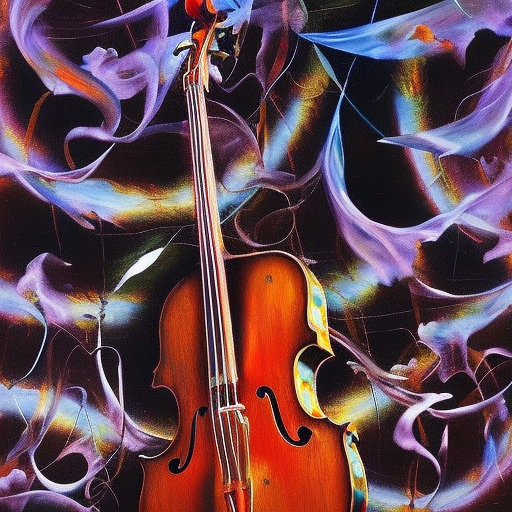Symphony: A Comprehensive Summary
A symphony is a large-scale musical composition typically performed by an orchestra. It is a complex and multi-movement work that showcases the capabilities of various instruments and the skill of the musicians. Symphonies have been an integral part of Western classical music for centuries and have evolved significantly over time.
History and Development
The symphony originated in the 18th century as an instrumental form that grew out of the Baroque-era overture. Composers such as Johann Stamitz and Carl Stamitz began to experiment with expanding the overture into a multi-movement work. However, it was Joseph Haydn who is often credited as the “father of the symphony” for his significant contributions to the genre.
Haydn’s symphonies, composed in the late 18th century, laid the foundation for the symphonic form as we know it today. He standardized the structure of the symphony, typically consisting of four movements: an opening movement in sonata form, a slow movement, a minuet or scherzo, and a lively finale. Haydn’s symphonies were characterized by their melodic inventiveness, rhythmic vitality, and orchestral color.
Characteristics and Structure
Symphonies are typically written for a full orchestra, including strings, woodwinds, brass, and percussion instruments. The orchestra is divided into sections, each playing a specific role in creating the symphonic sound. The strings provide the foundation, while the woodwinds add color and texture. The brass instruments bring power and grandeur, and the percussion instruments provide rhythmic accents.
The first movement of a symphony is usually the most substantial and is often in sonata form. It consists of three main sections: the exposition, development, and recapitulation. The exposition introduces the main themes, the development section explores and develops these themes, and the recapitulation restates the themes in a slightly varied form.
The second movement of a symphony is typically a slow and lyrical piece, providing a contrast to the energetic first movement. It often showcases the expressive capabilities of the orchestra, with beautiful melodies and rich harmonies.
The third movement is usually a minuet or scherzo, a lively and dance-like movement. It is characterized by its triple meter and distinctive rhythmic patterns. In some symphonies, this movement is replaced by a more contrasting and dramatic scherzo.
The final movement of a symphony is usually a fast and energetic piece, often in rondo or sonata-rondo form. It brings the symphony to a thrilling conclusion, showcasing the virtuosity of the orchestra and leaving the audience with a sense of excitement and fulfillment.
Significant Composers and Works
In addition to Haydn, many other composers have made significant contributions to the symphony. Wolfgang Amadeus Mozart composed a series of masterful symphonies, including his “Jupiter Symphony” and “Symphony No. 40.” Ludwig van Beethoven revolutionized the genre with his nine symphonies, most notably his groundbreaking Fifth and Ninth Symphonies.
Other notable symphonists include Franz Schubert, Johannes Brahms, Pyotr Ilyich Tchaikovsky, Gustav Mahler, and Dmitri Shostakovich. Each of these composers brought their unique style and musical language to the symphony, expanding its possibilities and pushing the boundaries of the form.
Conclusion
The symphony is a monumental and versatile musical form that has captivated audiences for centuries. Its rich history, diverse structure, and the contributions of countless composers have made it one of the most important genres in Western classical music. Whether it is the grandeur of a Beethoven symphony or the emotional depth of a Mahler symphony, the symphony continues to inspire and move listeners around the world.












